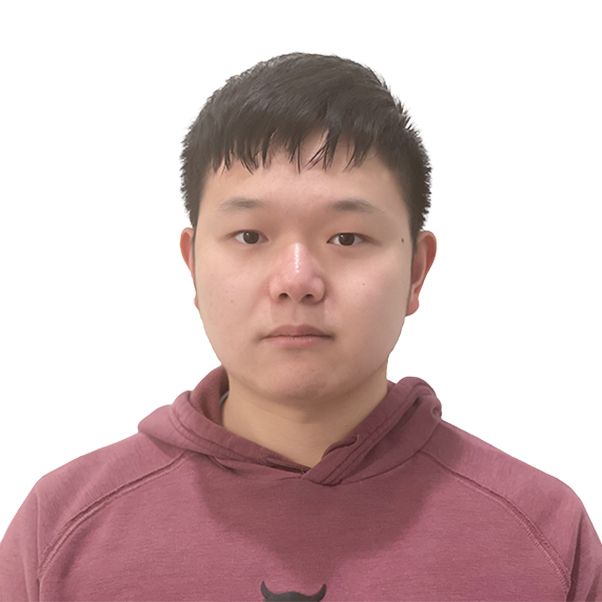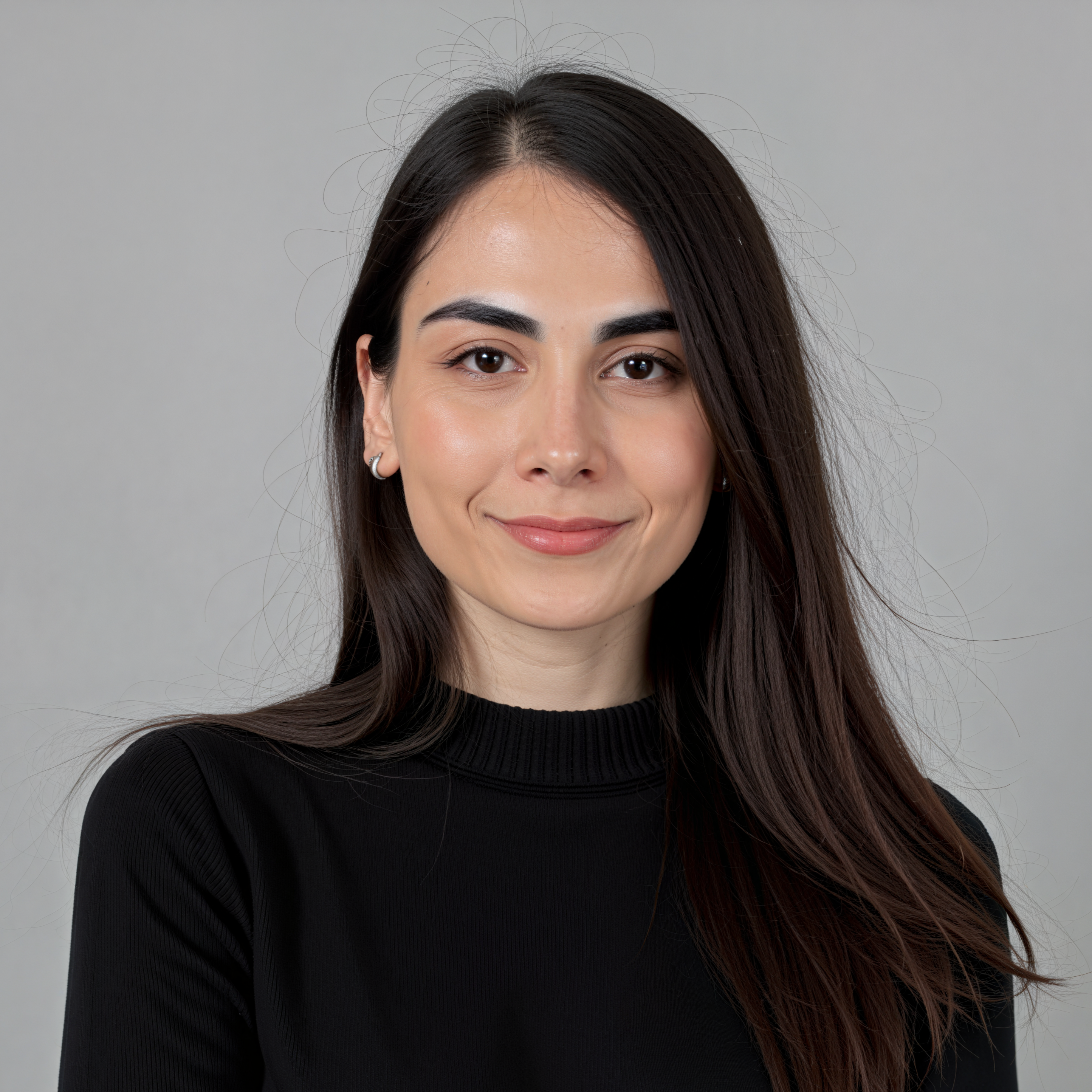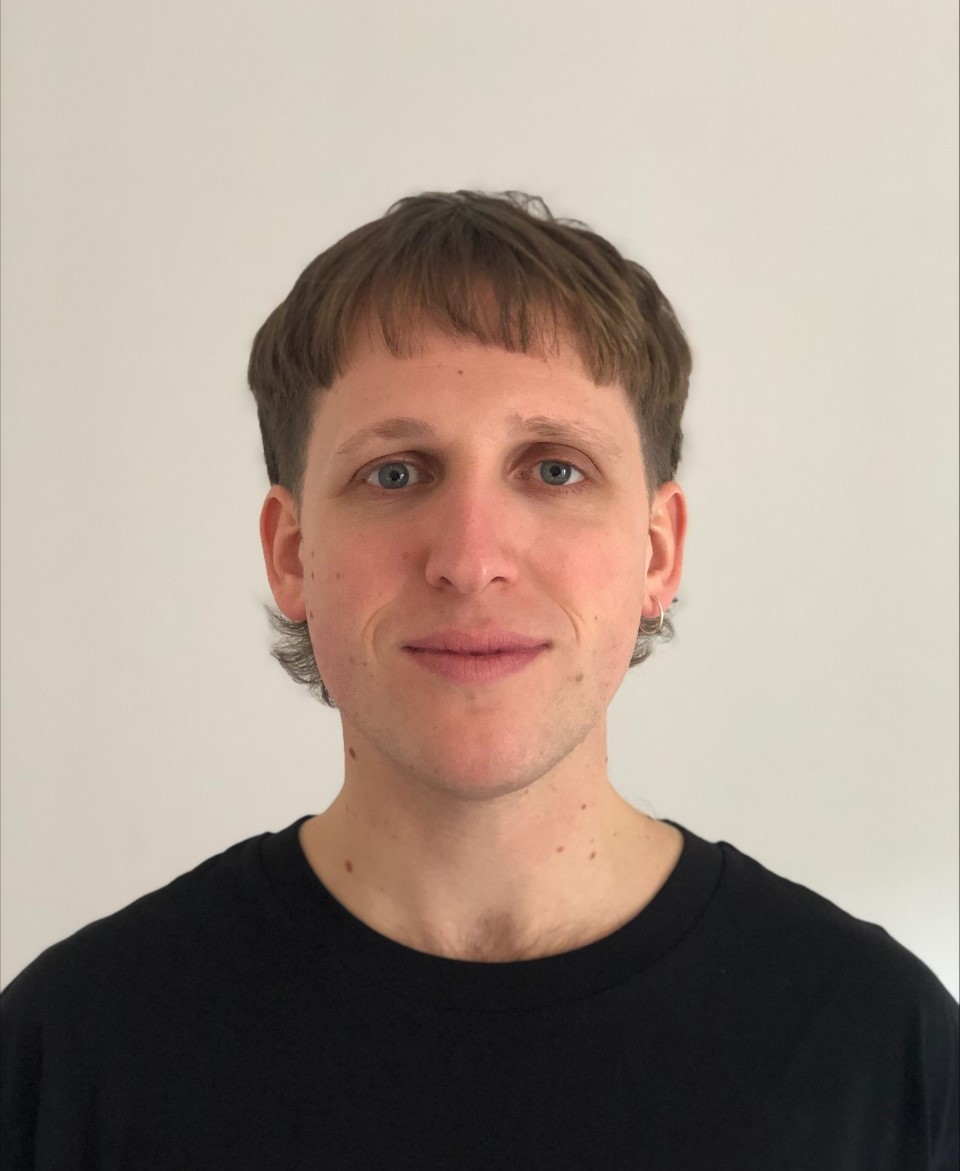


Alexey V. Akimov was born in Bryansk oblast, Russia. He received his Diploma in Chemistry in 2007 from Chemistry Department of the M. V. Lomonosov Moscow State University, Moscow, Russia, under joint supervision of Prof. Alexander Nemukhin (MSU, Russia) and Prof. Anatoly Kolomeisky (Rice University, U.S.A.). He obtained his Ph.D. in Chemistry under Prof. Anatoly Kolomeisky from Rice University, Department of Chemistry and Biochemistry in 2011. In 2012 he started his postdoctoral appointment in Prof. Oleg Prezhdo group at University of Rochester, Rochester, NY. In the period of 2012-2014 he worked as a postdoctoral research associate in a joint program between the Brookhaven National Laboratory, Department of Chemistry (Muckerman group) and the University of Rochester (Prezhdo group). In 2014 he moved to the University of Southern California, Chemistry Department together with the Prezhdo group. In 2015 he joined the Chemistry Department at University at Buffalo, SUNY as an Assistant Professor.
Dr. Akimov's research is focused on semiclassical and quantum-classical methodologies for accurate and efficient simulation of quantum dynamics in abstract models and in large-scale atomistic systems. Applied scientific interests include photoinduced processes of charge and energy transfer in solar energy materials and in functional nanomaterials.
No at the present time
Mohammad Shakiba was born in Kerman, Iran in 1995. He graduated with a BA in Civil Engineering from
Shahid Bahonar University of Kerman (SBUK) in 2017. During his time in SBUK, Mohammad
worked on a project studying the effect of nanomaterials on concrete properties in
Prof. Reza Rahgozar group. In 2018, he started his MS in SBUK in Nanomaterials Engineering
which is a branch of Materials Science Engineering. During his MS, he collaborated with
Prof. Gholam Reza Khayati,
Prof. Ahmad Irannejad, and
Prof. Shahriar Sharafi investigating the properties of CdSe and CdS quantum dots
using density functional theory and predicting the size of nano-hydroxyapatite using machine learning techniques.
In May 2020, Mohammad started working in Prof. Alexey V. Akimov's group remotely from Iran. During this time,
he collaborated with Prof. Akimov's group interfacing the Libra code with different quantum chemistry codes such as CP2K, Gaussian,
and DFTB+ leading to publication of two papers studying the role of many-body effects in hot carrier cooling dynamics in nanomaterials.
In May 2021, Mohammad started working on interfacing Libra with Libint code which can compute the overlap integrals in Gaussian type orbital basis.
This new tool enabled studying hot carrier dynamics in large scale nanomaterials and periodic solids with thousands of atoms using
extended tight-binding (xTB) approach. In Fall 2022, he started his Ph.D. in the group of Prof. Alexey V. Akimov at The State University of New York at Buffalo.
Since Fall 2022 as a Ph.D. student, Mohammad published 5 first author and 2 second author research papers in the field of nonadiabatic molecular dynamics.
He has also participated in multiple conferences. He has several experiences as helper, instructor, and coorganizer of multiple workshops held
at University at Buffalo on nonadiabatic molecular dynamics and machine-learning.
Mohammad has passed his synopsis titled "Advancing Methodologies in Nonadiabatic Molecular Dynamics Simulations for Large-Scale Systems"
and is currently a Ph.D. candidate. Read more about the details of Mohammad's work in his
personal webpage.

Qingxin Zhang was born in Qidong, Jiangsu province, China. He graduated with a BS in chemistry and a minor in chemical engineering from the Miami University (Oxford) in Ohio. During his time at Oxford, Qingxin had the opportunity to work on paper mechanics under the guidance of Dr. Douglas W. Coffin. The projects were to investigate different tensile, compression, and heat gear mesh tests and used the software BlueHill to model various paper strengths in order to find the hardest fiber range in the different paper categories. As of Fall 2020, Qingxin attended The State University of New York at Buffalo, SUNY and was pursuing his master’s degree under the guidance of Dr. Michel Dupuis and applied first principal software CP2K to model the photocatalytic material’s electrical structure information and look for the optimized structures. In the fall of 2022, Qingxin began his journey towards a PhD and has been working in TDDFT theoretical computing. His research ranges from photochemistry to the development of theoretical and computational methods. His research focuses on non-adiabatic molecular dynamics with applied systems, with a future focus on machine learning.

Kosar Yasin, born in Ahvaz, Iran, in 1997, graduated with a BS in Chemistry and Chemical Engineering from Tehran Polytechnique in 2019. During her undergraduate studies, she developed a green, recyclable magnetic nanocatalyst for synthesizing 2-amino-4H-chromene derivatives. This research was published in the Research on Chemical Intermediates journal, published by Springer, in the year 2022. In the field of chemical engineering, Kosar participated in the Chem-E-Car® World Competition held in Barcelona, Spain, in 2017. This internationally recognized event, organized by the American Institute of Chemical Engineers (AIChE). Competing among 23 teams, Kosar's team won first place for the most creative design system, by innovatively integrating gas and electric systems, resulting in heightened efficiency and motor adjustability. Following the completion of her bachelor's degree, Kosar gained valuable industrial experience as an R&D Manager by working in the paint industry for three years (2019–2022), focusing on eco-friendly colors. Kosar started her Ph.D. at the State University of New York at Buffalo in Fall 2022, completing a master’s degree from Fall 2022 to Fall 2024 along the way. Her master’s research explored energy relaxation dynamics in fullerene systems, provided valuable insights regarding trends in relaxation timescales that could improve the efficiency of fullerene-based photovoltaic materials. Currently, Kosar is a third-year Ph.D. student working on nonadiabatic molecular dynamics of fullerenes and endohedral fullerene systems.

Layla was born in Ilam, Iran. She earned her B.Sc. of Applied Chemistry,University of Kurdistan, Sanandaj, and her M.Sc. of Phytochemistry,Shahid Chamran University of Ahvaz. During her master’s program she worked onThesis: “Extraction, Isolation, And Identification of Active Compound in some see plants and Investigated Their Bioactive Effect in order to find means for treatment to be moreaffordable with less side effects. Joining Akimov’s group in 2023 Significant change occurred in Layla's career. Engaging with CP2K software, Layla's work is currently focused on nonadiabatic molecular dynamics within the Copper ,Zinc, Tin and Sulfur (CZTS) structure. Through the use of PBE and DFT+U, she explores the excited excitation state dynamics in CZTS, studying relaxation and recombination dynamics to provide atomistic insight into electronic properties of CZTS structure, with potential influences in diverse fields such as energy, electronics, and materials science.
No at the present time

Miguel Recio was born in Oviedo (Spain) in 1995. In 2018, Miguel obtained his BS in Physics at Universidad de Oviedo (UNIOVI, Spain), in which he completed an ERASMUS Internship in Laboratoire de Physique Subatomique & Cosmologie (LPSC) of Université Grenoble Alpes (Grenoble, France). Afterwards, Miguel took the 2-year Erasmus Mundus Master in Theoretical Chemistry and Computational Modelling (EMTCCM) at UNIOVI. During this MSc he started familiarising with computational simulations in crystalline solids using computational codes such as Quantum Espresso, VASP and GIBBS2 and also was attracted to condensed matter physics and its relationship with the development of nanomaterials. In this way he enrolled the Theoretical and Computational Chemistry of Materials research group at UNIOVI, with which he completed his Master Thesis (PGC2018-094814-B-C22 project). This work was supervised by Dr. Alberto Otero de la Roza and Prof. Miguél Anagel Salvadó and treated the polymorphism in Iron Trifluoride and its implication for Li-Ion Batteries, giving rise to the publication of his first two scientific papers (on PCCP). Right after that and before starting his PhD, Miguel got a 3-months contract and worked with Elena Arroyo de Dompablo at the Universidad Complutense de Madrid (UCM), Chemistry Faculty, participating in the ( CAlcium Rechargeable BAttery Technology (CARBAT) project. His growing knowledge on the aforementioned computational codes was a key factor in the election process (he contributed with his computational skills on DFT-Electronic strcuture calculations in solids). Finally, in September 2020 after recieving a 4-years FPI-scholarship from Spanish Ministry of Science Miguel enrolled the The Institute of Theoretical and Computational Chemistry of the Universitat de Barcelona (IQTCUB) where he is working investigating photoactive titania (TiO2) nanoparticles (NPs) and their reactivity in aqueous environments under the supervision of Dr. Ángel Morales-García and Prof. Stefan T. Bromley. He is working with codes such as FHI-aims, GULP or lammps on a daily basis for exploring the ground state properties and energetics of TiO2 NPs of different sizes and morphologies. He'll take advantange of his stay in University at Buffalo for learning the physical foundations of NonAdiabatic Molecuar Dynamics (NAMD) and apply them in the study of photoactive said nanostructures.
No at the present time